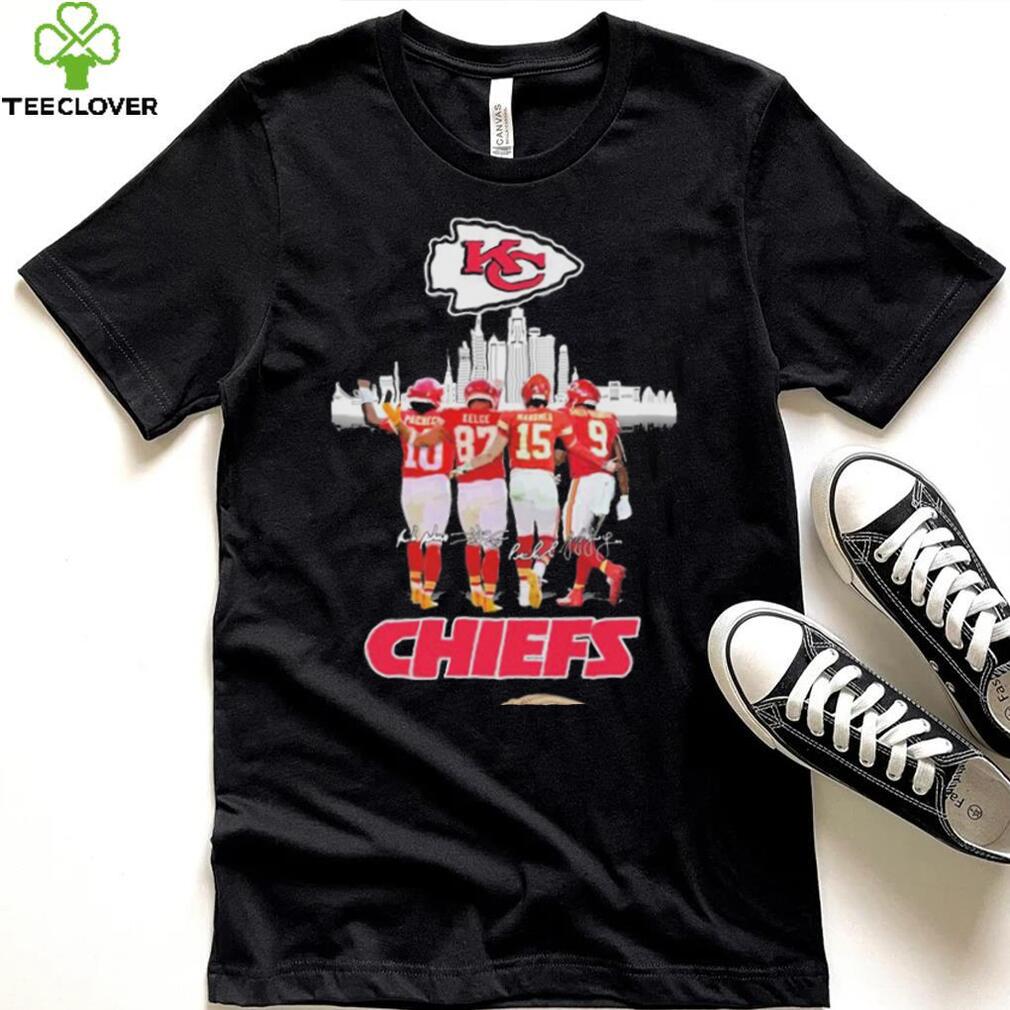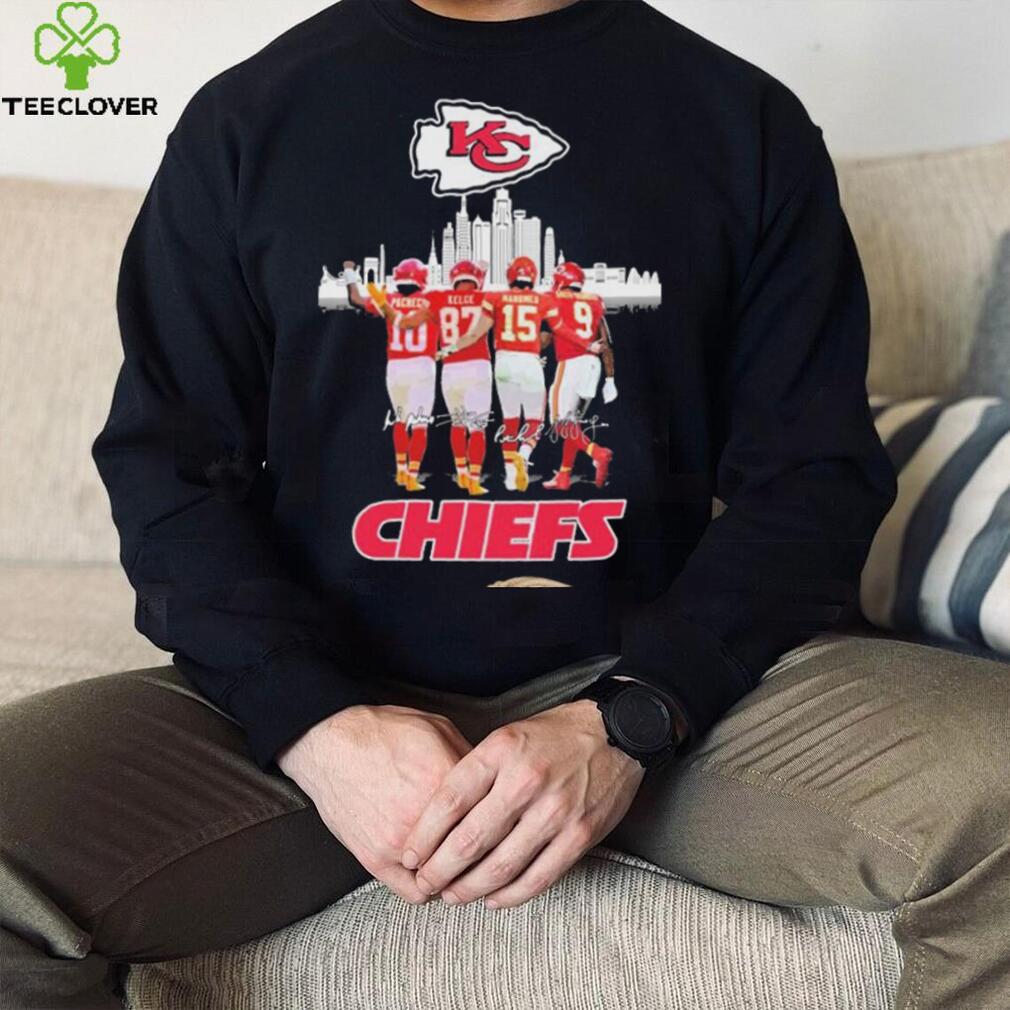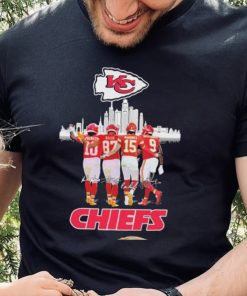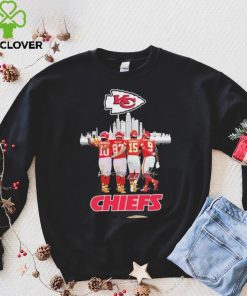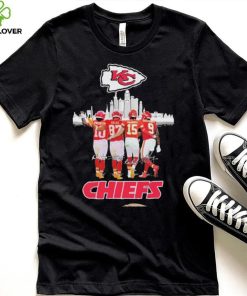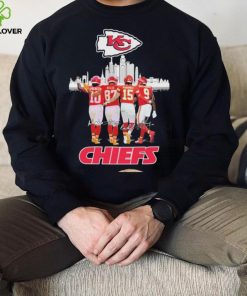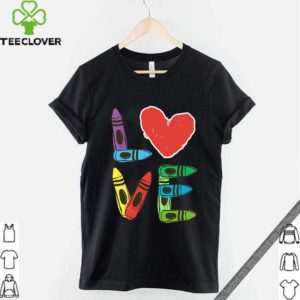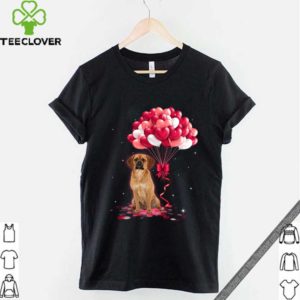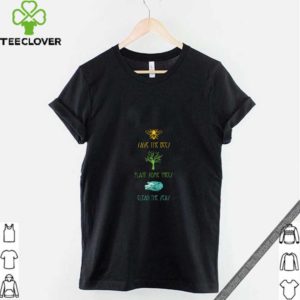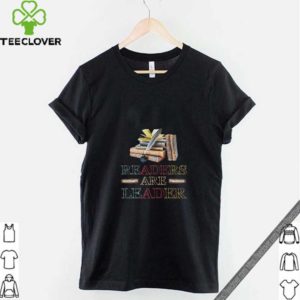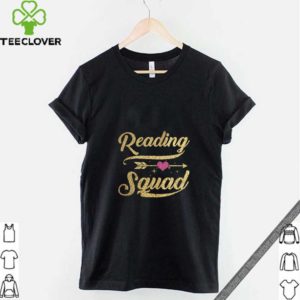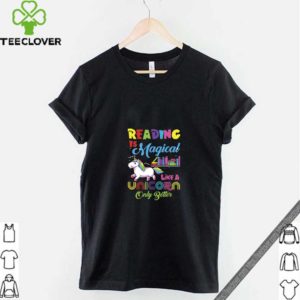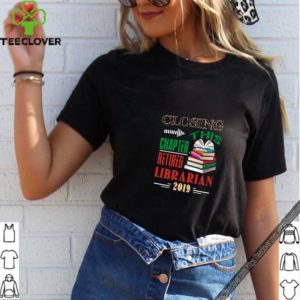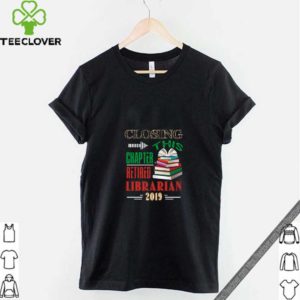No products in the cart.
Buy More Save More!
It’s time to give thanks for all the little things.
-
5% OFF 2 items get 5% OFF on cart total Buy 2
-
10% OFF 5 items get 10% OFF on cart total Buy 5
-
15% OFF 10 items get 15% OFF on cart total Buy 10
Kansas City Chiefs Super Bowl LVII Isiah Pacheco Travis Kelce Patrick Mahomes And Juju Smith Schuster Signatures Shirt
$26.95 $19.95
Free shipping for all orders
Related products
Sale!
Sale!
Sale!
Sale!
Sale!
Sale!
Sale!
Sale!
Kansas City Chiefs Super Bowl LVII Isiah Pacheco Travis Kelce Patrick Mahomes And Juju Smith Schuster Signatures Shirt
Fabrizio Quattrocchi, an Italian security officer, taken hostage and murdered in Iraq by Islamist militants. After being forced to dig his own grave and just before being shot in the Kansas City Chiefs Super Bowl LVII Isiah Pacheco Travis Kelce Patrick Mahomes And Juju Smith Schuster Signatures Shirt, Fabrizio looked up at his executioners and defiantly said: “Now I will show you how an Italian dies”. I am sure in history there have been more significant moments with very cool lines, but for me, right this very moment, Fabrizio deserves the prize. EDIT: thanks everyone for the upvotes. The reason why I was fascinated by this, is that Italians are not usually seen as warriors or for dying heroically. Stereotypically, we are all artists, lovers with an incurable fondness for string instruments… Fabrizio decided to meet his fate with dignity: his words would have cut deeper in his executioners’ ego than any last minute shovel swing.
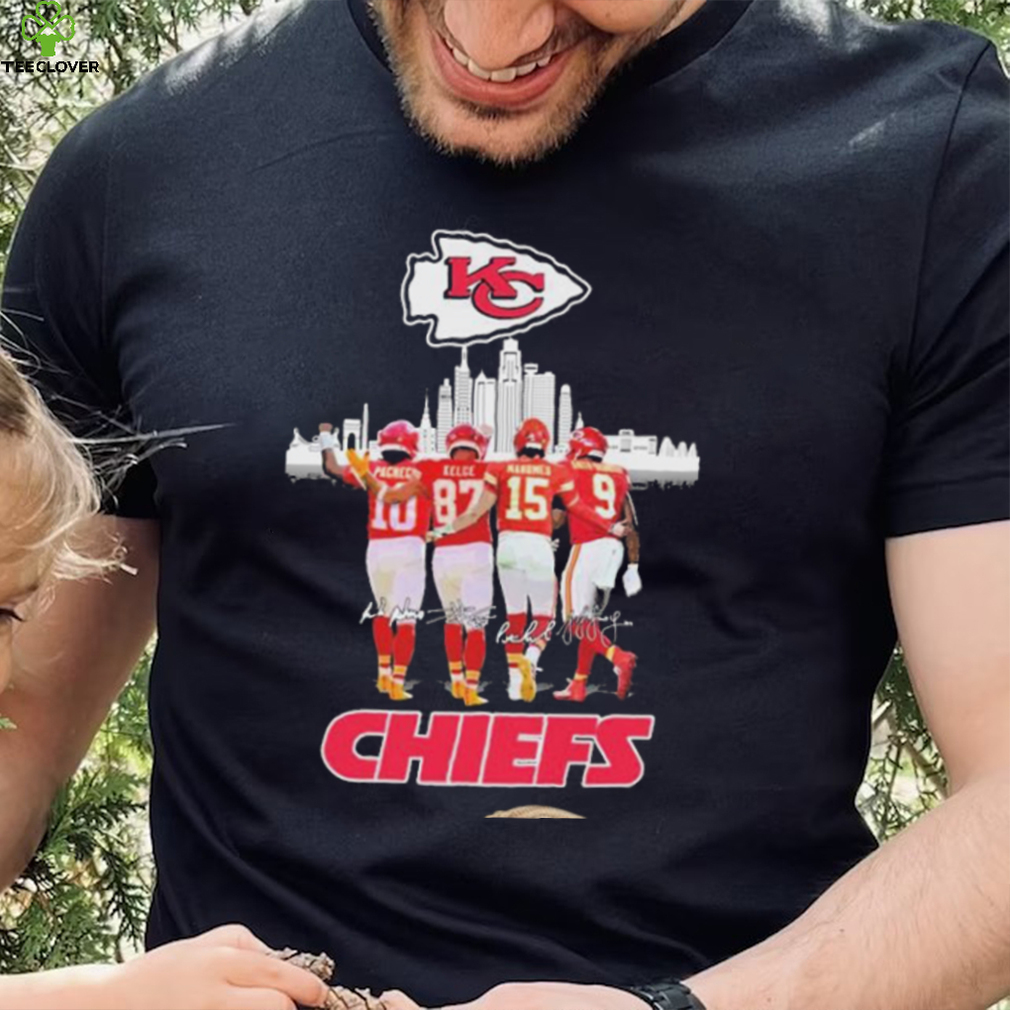 (Kansas City Chiefs Super Bowl LVII Isiah Pacheco Travis Kelce Patrick Mahomes And Juju Smith Schuster Signatures Shirt, unisex)
(Kansas City Chiefs Super Bowl LVII Isiah Pacheco Travis Kelce Patrick Mahomes And Juju Smith Schuster Signatures Shirt, unisex)Kansas City Chiefs Super Bowl LVII Isiah Pacheco Travis Kelce Patrick Mahomes And Juju Smith Schuster Signatures Shirt
The Kansas City Chiefs Super Bowl LVII Isiah Pacheco Travis Kelce Patrick Mahomes And Juju Smith Schuster Signatures Shirt for excessive nail growth was primarily a statement of status as it was impossible to grow nails so long and undertake any manual labor. Unfortunately, such long nails meant the wearer of them could not do anything much at all. It would undoubtedly have been positively dangerous to have attempted any intimate body care. Therefore, anyone with such long nails would have relied upon servants to wash, dress and feed them, to prevent them doing themselves an injury- or breaking a nail. To counteract the inconvenience of a full set of long claws, it became fashionable for the Manchu women of the Qing dynasty to cultivate just one or two talons on the hands. These nails were shaped and styled so that they looked elegant rather than unwieldy and from the nineteenth century were often protected with nail guards made of gold or silver and studded with jewels.
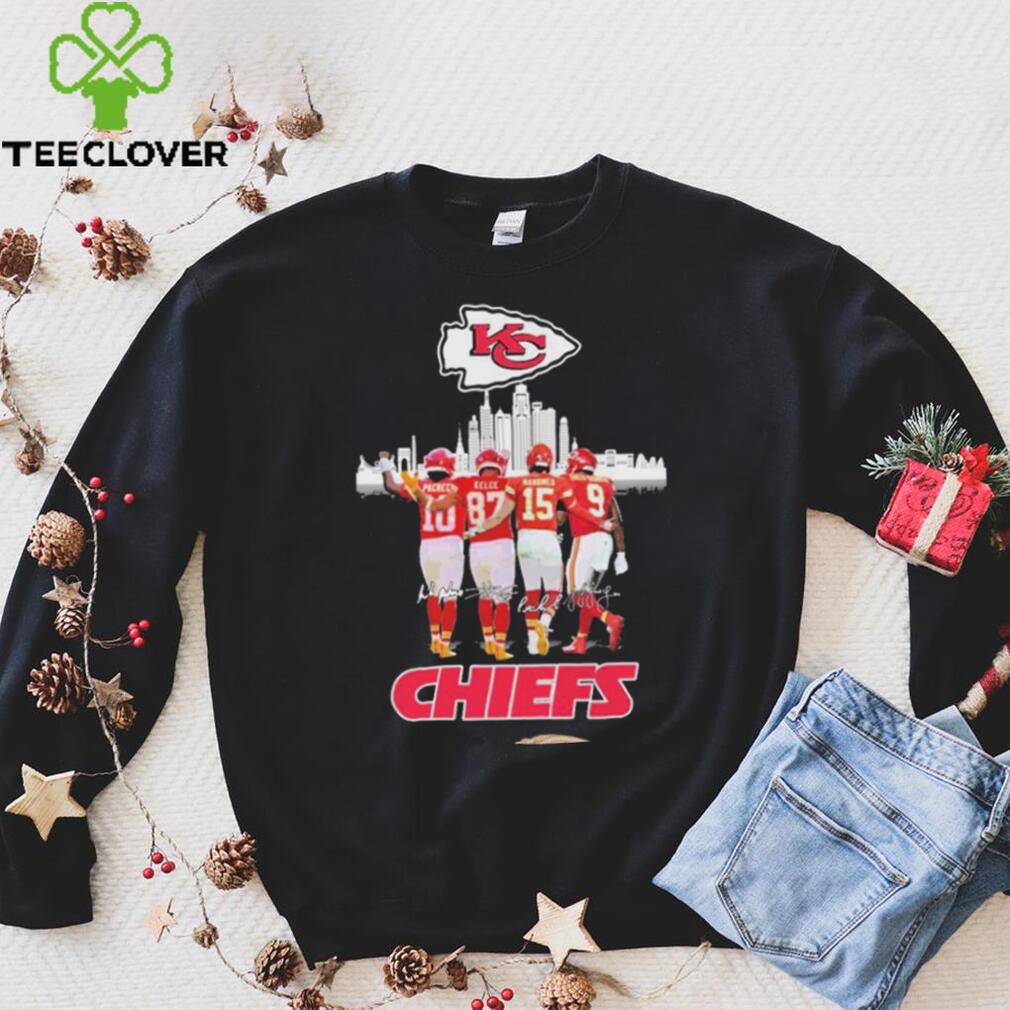 (Kansas City Chiefs Super Bowl LVII Isiah Pacheco Travis Kelce Patrick Mahomes And Juju Smith Schuster Signatures Shirt, sweater)
(Kansas City Chiefs Super Bowl LVII Isiah Pacheco Travis Kelce Patrick Mahomes And Juju Smith Schuster Signatures Shirt, sweater)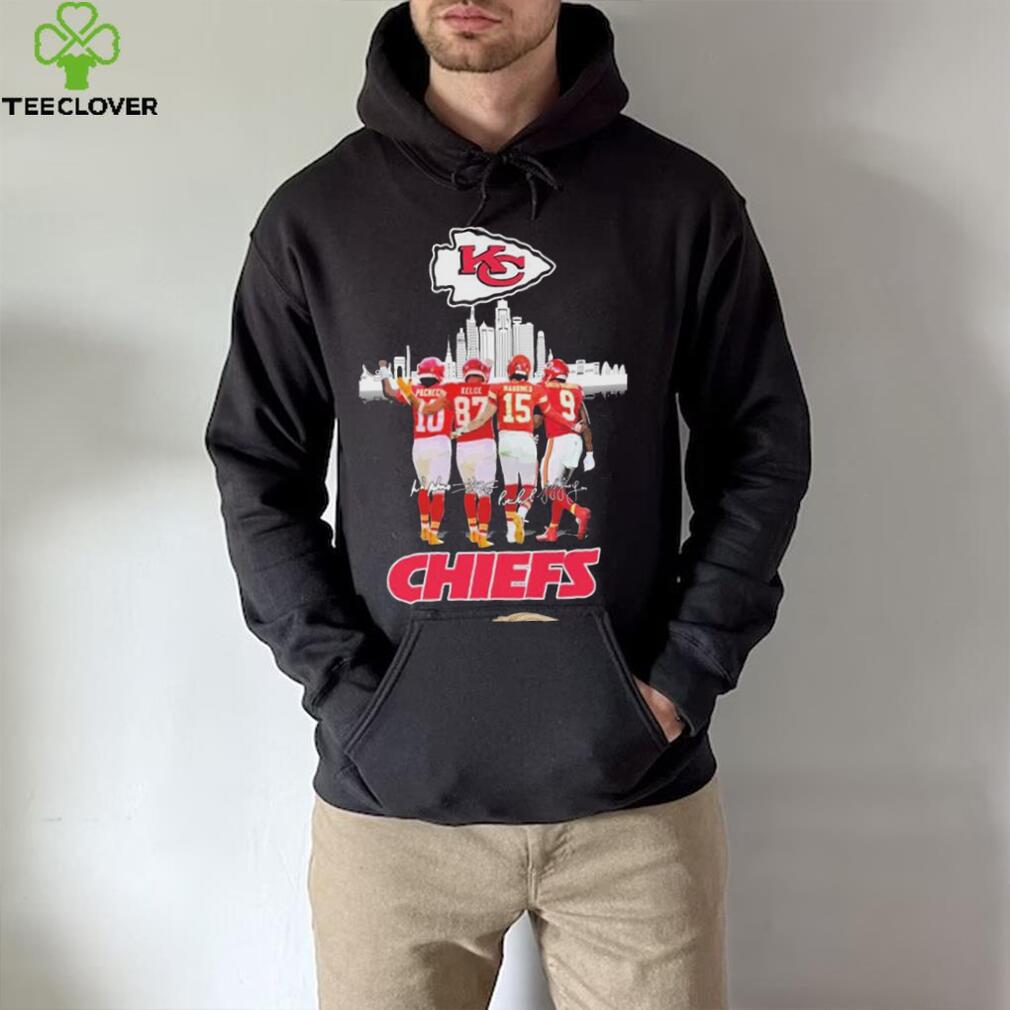 (Kansas City Chiefs Super Bowl LVII Isiah Pacheco Travis Kelce Patrick Mahomes And Juju Smith Schuster Signatures Shirt, hoodie)
(Kansas City Chiefs Super Bowl LVII Isiah Pacheco Travis Kelce Patrick Mahomes And Juju Smith Schuster Signatures Shirt, hoodie)Share this:
- Click to share on Twitter (Opens in new window)
- Click to share on Facebook (Opens in new window)
- Click to share on LinkedIn (Opens in new window)
- Click to share on Tumblr (Opens in new window)
- Click to share on Reddit (Opens in new window)
- Click to share on Pocket (Opens in new window)
- Click to share on Pinterest (Opens in new window)
Block "shipping" not found



